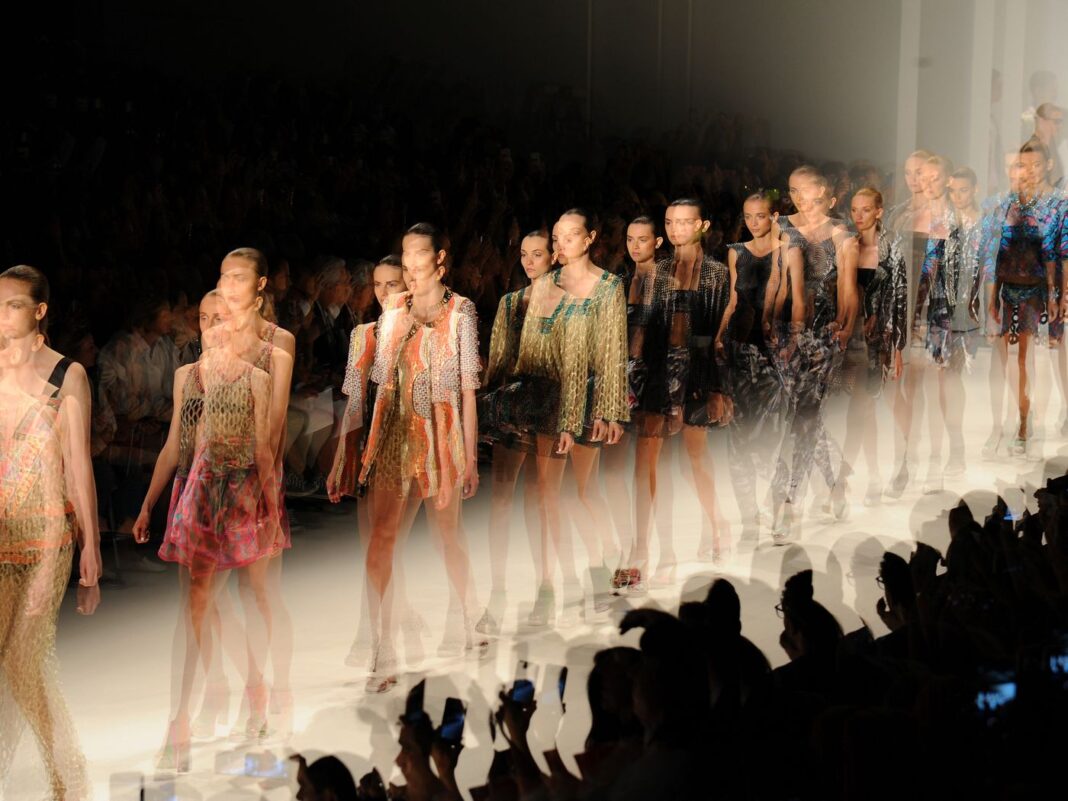Note: This post contains affiliate links, when you purchase a product or service through one of these links we may earn a commission on that sale.
Are fashion shows falling out of fashion?
Since their inception in the 1900s, runway fashion shows have been a method by which luxury brands communicate with their potential customers. These were not mere advertisements; these were the events that told the entire story of the brans and the artistic concept of the current collections. Fashion shows have become elaborate with set production teams, supermodels, and even exotic art forms like aerial silks in the past decades. It has become so over the top that it takes away from the other works designers have to do, most of which is after the show – producing the actual garments that are meant for customers.
Philip Lim, a designer who debuted in 2005 at the New York Fashion Week, has moved away from the entire fashion show format. He said: “It hasn’t been about clothes for a while [in fashion]. It’s been about everything else and the circus of it all. I know we’re not in the circus business.”
While many designers remain pro- catwalk, many favor in-store or social media events in lieu of the pomp and show. When the pandemic forced many events online, many designers realized that digital art could be as compelling as the in-person alternative. Turkish designer Emre Erdemoğlu wondered if the rush of connecting with a live audience could ever be replaced by something as distant as a digital space. He wondered if this could even be called a real show, but he was convinced when the results were out. “It turns out that you can do it without an audience. We saw it wasn’t impossible to hold a Digital Fashion Week; it was as good as the real thing,”; he said. This model is also more inclusive to smaller brands, which are doing great work but can often not put up a show. Small brands are putting up events directly on social media, and creating the right buzz there could mean a profitable business.
Stalwarts argue that a runway show is the only ‘real’ way to launch yourself – investors, the press, social media influencers, and industry insiders are all there at the same place- but social media is taking over fast, with some brands even finding their angel investors purely by their social media presence. These smaller brands are often more inclusive – many of these have used people of different sizes, genders, and abilities in their campaigns, in sharp contrast with runway models, most of whom are cisgender and often of the same size.
Of course, digital spaces also come with their set of worries – many designers who feature delicate detail work say that the beauty of their details is lost on small screens of handheld devices. The photos may be edited to a point where the digital version no longer looks like the actual garment. There is also a danger of many investors not taking digital spaces as seriously as an in-person show. But fashion weeks of late have become so over-saturated with dozens of shows every day that fashion houses are resorting to more and more party tricks to be memorable, so music selection and extravagant sets become as important as the collections. Many new brands realize that they do not have to pretend to be ‘luxury’ brands that most people cannot afford anyway – having an authentic community is enough. Whether this spells goodbye for the runway shows in the future, time will tell.


